Rising Industrial Applications
The Surfactants Market is witnessing a notable increase in demand from various industrial applications. Industries such as textiles, agriculture, and oil recovery utilize surfactants for their unique properties, including wetting, dispersing, and emulsifying capabilities. In 2025, industrial applications are projected to constitute around 20% of the surfactants market, reflecting the growing recognition of surfactants as essential components in enhancing operational efficiency. For instance, in the textile industry, surfactants are employed to improve dye uptake and fabric treatment processes. Additionally, in agriculture, surfactants are used to enhance pesticide effectiveness. This diversification of applications underscores the importance of surfactants in the industrial sector, positioning it as a key driver for the Surfactants Market.
Growth in Household Cleaning Products
The Surfactants Market is significantly influenced by the expanding household cleaning products segment. With an increasing focus on cleanliness and hygiene, particularly in residential settings, the demand for effective cleaning agents is on the rise. In 2025, household cleaning products are expected to represent around 25% of the surfactants market, driven by the need for efficient and versatile cleaning solutions. This growth is further fueled by the trend towards eco-friendly and biodegradable cleaning products, prompting manufacturers to innovate and reformulate their offerings. The incorporation of surfactants enhances the efficacy of these products, allowing for better dirt removal and surface cleaning. Consequently, the household cleaning segment serves as a crucial driver for the Surfactants Market, as consumers prioritize both performance and environmental responsibility.
Expansion of the Food and Beverage Sector
The Surfactants Market is also experiencing growth due to the expansion of the food and beverage sector. Surfactants play a vital role in food processing, acting as emulsifiers, stabilizers, and foaming agents. As the food industry continues to evolve, with an increasing emphasis on convenience and quality, the demand for surfactants is projected to rise. In 2025, the food and beverage segment is anticipated to account for approximately 15% of the overall surfactants market. This growth is driven by the need for improved texture and stability in food products, as well as the rising popularity of processed and packaged foods. Therefore, the food and beverage sector emerges as a significant driver for the Surfactants Market, highlighting the versatility and essential nature of surfactants in various applications.
Increasing Demand in Personal Care Products
The Surfactants Market experiences a notable surge in demand driven by the personal care sector. Consumers increasingly seek products that offer enhanced cleansing and moisturizing properties, leading to a rise in the use of surfactants in shampoos, body washes, and facial cleansers. In 2025, the personal care segment is projected to account for approximately 30% of the total surfactants market, reflecting a growing consumer preference for high-quality formulations. This trend is further supported by the rising awareness of personal hygiene and grooming, particularly among younger demographics. As a result, manufacturers are compelled to innovate and develop surfactants that not only meet performance expectations but also align with consumer preferences for sustainability and safety. Thus, the personal care sector remains a pivotal driver for the Surfactants Market.
Technological Advancements in Surfactant Production
The Surfactants Market is significantly impacted by ongoing technological advancements in surfactant production processes. Innovations in manufacturing techniques, such as the development of more efficient catalysts and greener production methods, are enhancing the quality and sustainability of surfactants. In 2025, it is estimated that advancements in production technology could lead to a reduction in production costs by up to 15%, thereby making surfactants more accessible to various industries. Furthermore, these advancements facilitate the creation of specialized surfactants tailored to meet specific application needs, thereby expanding market opportunities. As industries increasingly prioritize sustainability, the shift towards eco-friendly production methods is likely to drive growth in the Surfactants Market, as manufacturers adapt to evolving consumer and regulatory demands.

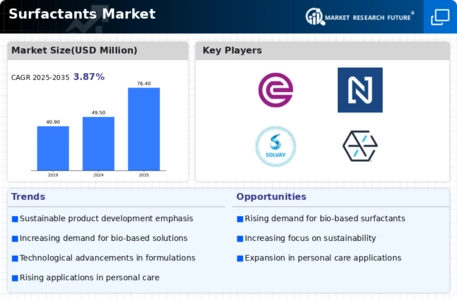

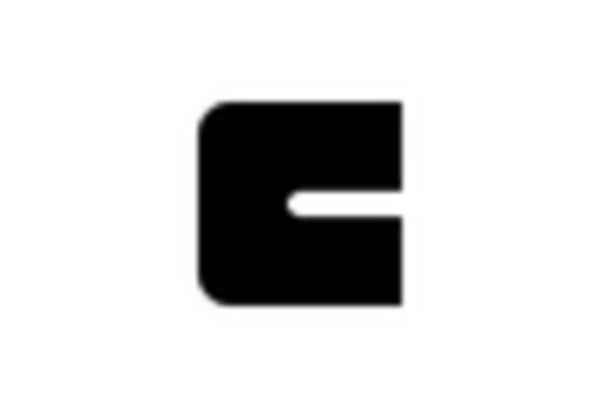
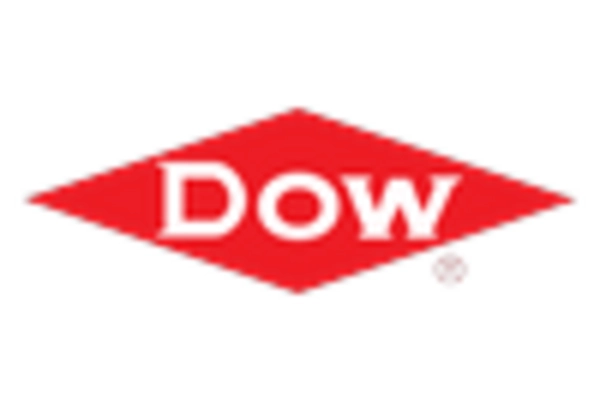
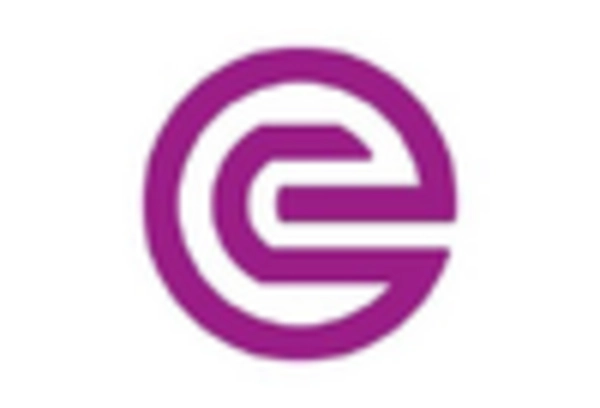
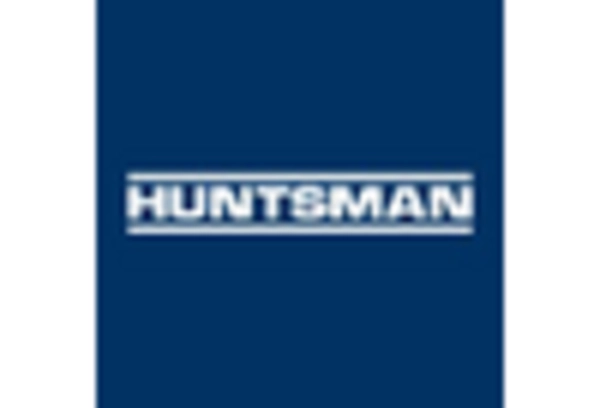
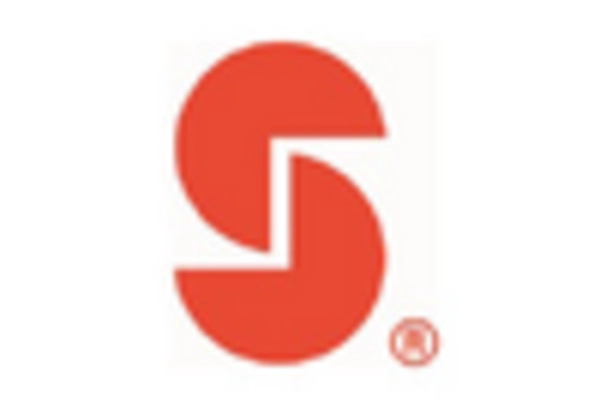

Leave a Comment